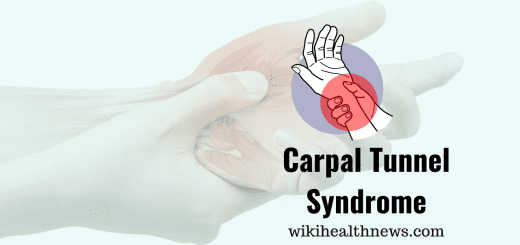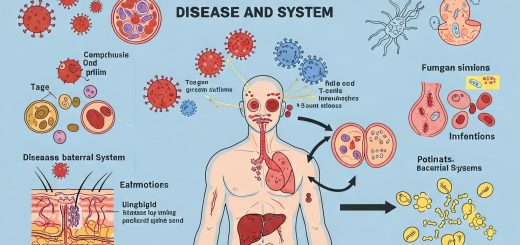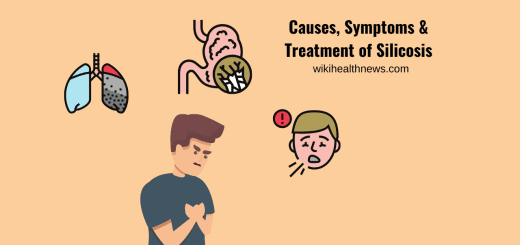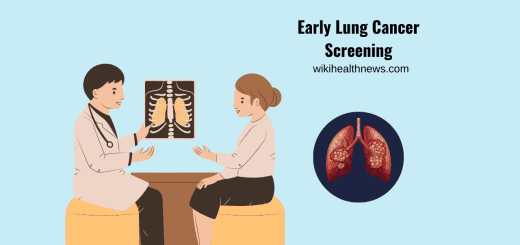What is a Defibrillator and How It Works?
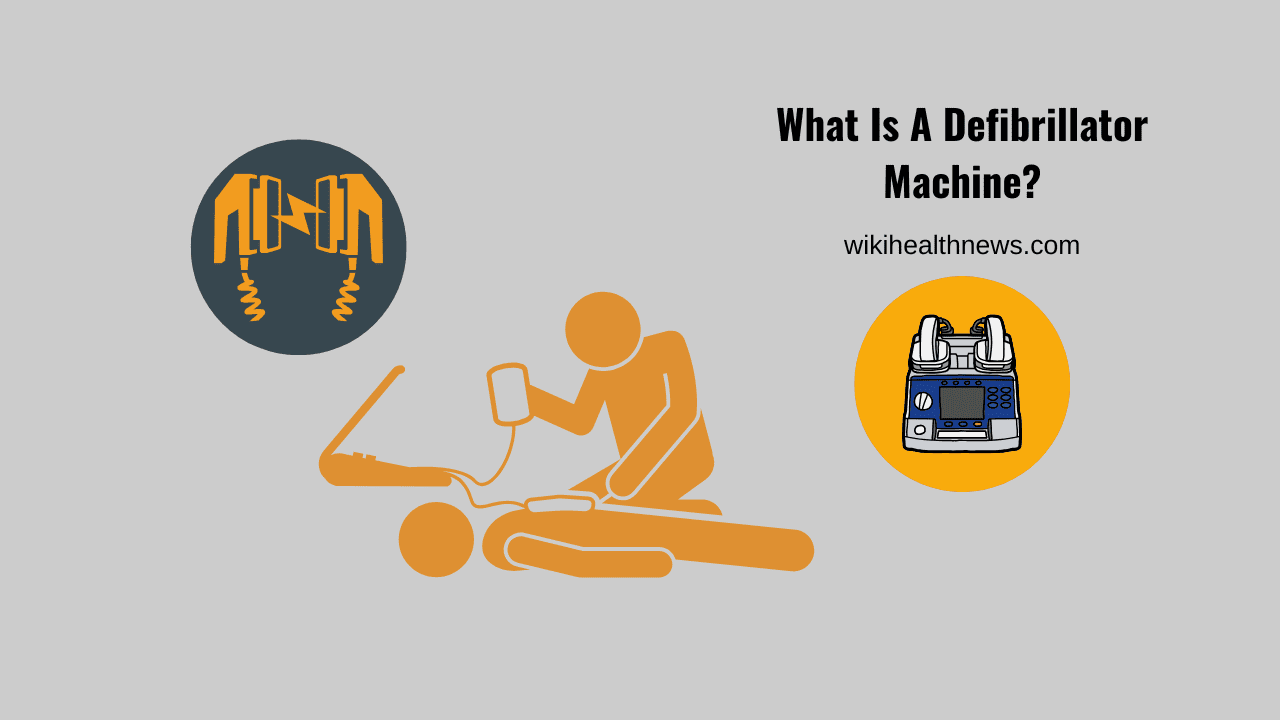
The defibrillator is a life-saving device that plays a crucial role in emergency medical situations, particularly in cases of sudden cardiac arrest. They deliver a controlled electrical shock to the heart, restoring its normal rhythm. Understanding what a defibrillator is, how it works, and its importance can empower individuals to respond effectively during emergencies.
What is a Defibrillator?
A defibrillator is a medical device designed to treat life-threatening conditions that disrupt the heart’s rhythm, such as ventricular fibrillation (VF) and pulseless ventricular tachycardia (VT). These conditions occur when the heart’s electrical system malfunctions, leading to ineffective pumping of blood. When the heart cannot pump blood effectively, vital organs are deprived of oxygen, making immediate intervention critical.
Defibrillator comes in various forms, including:
- Automated External Defibrillators (AEDs): These are portable devices designed for use by laypersons with little to no medical training. AEDs are often found in public places such as airports, schools, and shopping malls.
- Manual Defibrillators: Typically used by healthcare professionals, these devices require more training and allow for manual adjustment of shock energy and rhythm analysis.
- Implantable Cardioverter Defibrillators (ICDs): These are surgically implanted devices that monitor heart rhythm and deliver shocks automatically when necessary.
- Wearable Defibrillators: These are external devices worn by high-risk patients that can deliver shocks if they detect life-threatening arrhythmias.
How Does a Defibrillator Work?
The primary function of a defibrillator is to restore the heart’s normal rhythm. Here’s a step-by-step breakdown of how it works:
1. Detection of Abnormal Heart Rhythm
Defibrillators use electrodes (pads or leads) placed on the patient’s chest to monitor the heart’s electrical activity. In the case of an AED, the device automatically analyzes the heart rhythm and determines whether a shock is necessary. For manual defibrillators, trained professionals interpret the rhythm displayed on a monitor.
2. Delivery of Electrical Shock
If a shockable rhythm, such as VF or pulseless VT, is detected, the defibrillator delivers a controlled electrical shock to the heart. The shock temporarily interrupts the chaotic electrical activity, allowing the heart’s natural pacemaker (the sinoatrial node) to regain control and restore a normal rhythm.
3. Post-Shock Monitoring
After delivering the shock, the defibrillator continues to monitor the heart’s rhythm. If normal sinus rhythm is restored, the patient may show signs of recovery. If not, additional shocks may be administered, along with cardiopulmonary resuscitation (CPR) to maintain blood flow to vital organs until advanced medical help arrives.
4. Safety Features
Modern defibrillators are equipped with numerous safety features to ensure effective operation:
- Voice prompts: Especially in AEDs, voice prompts guide users through the process.
- Automatic analysis: AEDs automatically analyze the heart’s rhythm, minimizing the risk of user error.
- Adjustable energy levels: Manual defibrillators allow trained operators to adjust the energy delivered, optimizing the chance of successful defibrillation.
The Importance of Defibrillators
Defibrillators are essential in saving lives. According to the American Heart Association, immediate defibrillation can increase the chances of survival from cardiac arrest by up to 70%. Here are some key points highlighting their importance:
1. Accessibility
The widespread availability of AEDs in public spaces increases the likelihood of immediate response during emergencies. Their user-friendly design allows even untrained bystanders to assist in life-saving situations.
2. Rapid Response
Every minute that passes without defibrillation reduces the chance of survival by approximately 10%. Quick access to a defibrillator can make a critical difference, underscoring the need for public education on their use.
3. Integration into Emergency Services
Defibrillators are an integral part of emergency medical services (EMS). Paramedics and first responders are trained to use both manual and automated defibrillators to provide timely care to patients experiencing cardiac arrest.
4. Increased Awareness and Training
Public training programs, such as CPR and AED courses, help raise awareness of the importance of defibrillators. Such training empowers community members to act confidently in emergencies, potentially saving lives.
How to Use an AED
Using an AED is relatively straightforward, thanks to the step-by-step instructions provided. Here’s a basic guide:
- Call Emergency Services: Always call for professional help before using an AED.
- Power On the AED: Most devices have a simple power button or open the lid to turn on.
- Attach Electrodes: Remove clothing from the chest and place the pads as indicated (usually one on the upper right chest and one on the lower left side).
- Follow Prompts: Listen to the device’s voice prompts and follow the instructions.
- Stand Clear: Ensure that no one is touching the person during the shock delivery.
- Continue CPR: If no shock is advised, or after delivering a shock, continue CPR until emergency services arrive.
Conclusion
The defibrillator is a vital tool in the fight against sudden cardiac arrest. Its ability to restore a normal heart rhythm through controlled electrical shocks can significantly improve survival rates. Understanding what defibrillators are and how they work empowers individuals to take action in emergencies, reinforcing the need for widespread awareness and training. As technology advances, defibrillators continue to evolve, ensuring they remain accessible and effective in saving lives. Whether in public spaces or healthcare settings, these devices represent hope and resilience in critical moments.
Read more



